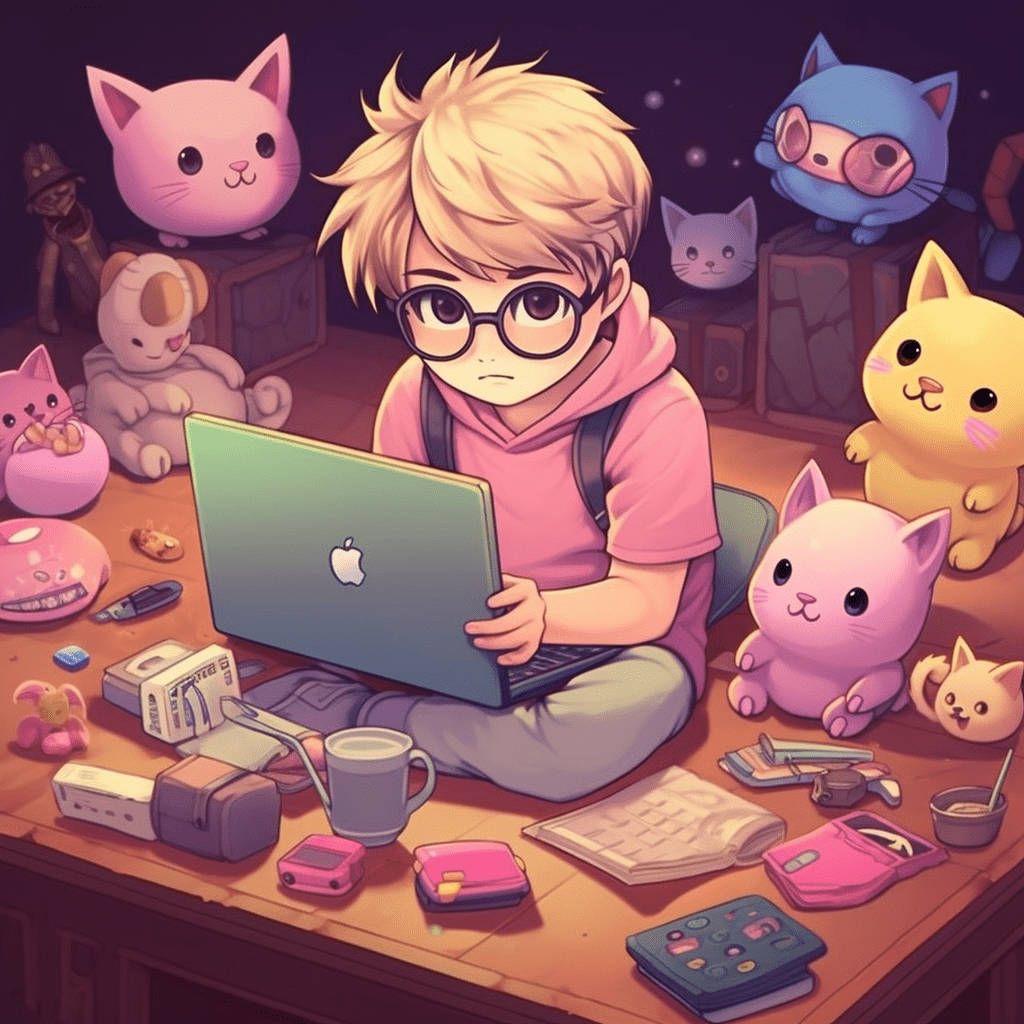The world of NFTs (non-fungible tokens) has experienced a meteoric rise in popularity, with the digital assets market expanding at an unprecedented rate. This growth has been accompanied by a surge in the prices of various NFTs across different sectors, including art, gaming, collectibles, and virtual real estate. In this article, we will analyze the price trends of NFTs and explore how the costs have changed over time.

The Early Days of NFTs
The concept of NFTs first emerged in 2014, with the introduction of the ERC-721 standard on the Ethereum blockchain. However, it wasn’t until the launch of CryptoKitties in 2017 that NFTs gained significant attention. CryptoKitties, a blockchain-based game that allows users to breed, collect, and trade virtual cats, saw some of its digital felines sell for tens of thousands of dollars. This early success demonstrated the potential for digital assets to hold value and paved the way for the growth of the NFT market.
The explosion of the NFT market
In 2020 and 2021, the NFT market experienced a remarkable boom, with sales volumes skyrocketing and high-profile auctions making headlines worldwide. Notable examples include Beeple’s “Everydays: The First 5000 Days,” which sold for $69 million at Christie’s auction house, and the original Nyan Cat GIF, which fetched nearly $600,000.
This explosion in popularity and prices can be attributed to several factors, such as increased mainstream interest in cryptocurrencies, the growing use of NFTs by prominent artists and celebrities, and the COVID-19 pandemic’s impact on the digitalization of various industries.
Price Trends Across Different NFT Categories
As the NFT market has evolved, we can observe various price trends across different categories:
- Digital art: The prices of digital art NFTs have experienced dramatic fluctuations, with some pieces commanding astronomical sums, while others remain more accessible. High-profile sales have fueled the perception that digital art NFTs are a lucrative investment, driving up prices for both established and emerging artists.
- Gaming and virtual goods: The market for gaming-related NFTs has grown rapidly, with virtual items, in-game assets, and characters becoming increasingly valuable. As more game developers integrate blockchain technology, the demand for these NFTs is expected to continue rising, pushing prices upward.
- Collectibles: NFT collectibles, such as CryptoPunks, Bored Ape Yacht Club, and World of Women, have experienced significant price appreciation. Rarity, aesthetics, and community engagement have contributed to the value of these collectibles, with some selling for millions of dollars.
- Virtual real estate: The growing interest in metaverse platforms like Decentraland and The Sandbox has led to a surge in the value of virtual land and property. As the concept of the metaverse becomes more mainstream, the demand for virtual real estate is expected to grow, further driving up prices.
Factors Influencing NFT Price Trends

Several factors can influence the price trends of NFTs:
- Market sentiment: NFT prices are heavily influenced by market sentiment, with hype and FOMO (fear of missing out) playing a significant role in driving up prices. However, this can also lead to price volatility and potential market corrections.
- Rarity and uniqueness: NFTs that are perceived as rare or unique typically command higher prices. This can be due to limited edition releases, the prestige of the creator, or the intrinsic qualities of the NFT itself.
- Utility and functionality: NFTs that offer utility or functionality, such as gaming assets or virtual real estate, often have higher valuations due to their practical applications within a particular ecosystem.
- Brand and creator reputation: NFTs created by well-known brands or artists tend to fetch higher prices due to their association with a recognizable and prestigious name.
- Community engagement: Active and engaged communities surrounding specific NFT projects can contribute to the perceived value of the NFTs, as they provide social validation and a sense of belonging for collectors and enthusiasts.
Potential Future Trends and Market Outlook
As the NFT market matures, we can expect to see the following trends emerge:
- Market consolidation: As the hype surrounding NFTs begins to subside, it’s likely that the market will consolidate, with a focus on projects that offer long-term value, utility, and sustainable growth.
- Increased regulation: As NFTs gain mainstream adoption, governments and regulatory bodies are likely to take a more active role in shaping the market, potentially impacting price trends and market dynamics.
- Cross-platform interoperability: The development of cross-platform interoperability will enable NFTs to be used seamlessly across multiple platforms and ecosystems, potentially increasing their utility and value.
- Fractional ownership: The introduction of fractional ownership models will enable more people to invest in high-value NFTs, increasing the overall liquidity and accessibility of the market.
In conclusion

The NFT market has experienced tremendous growth and price appreciation in recent years, with the value of digital assets varying widely across different categories. While market sentiment, rarity, utility, and brand reputation all play a role in influencing NFT price trends, it’s essential to remember that the market remains relatively young and volatile. As the space matures, we can expect to see further developments and innovations that will shape the future of NFT pricing.
